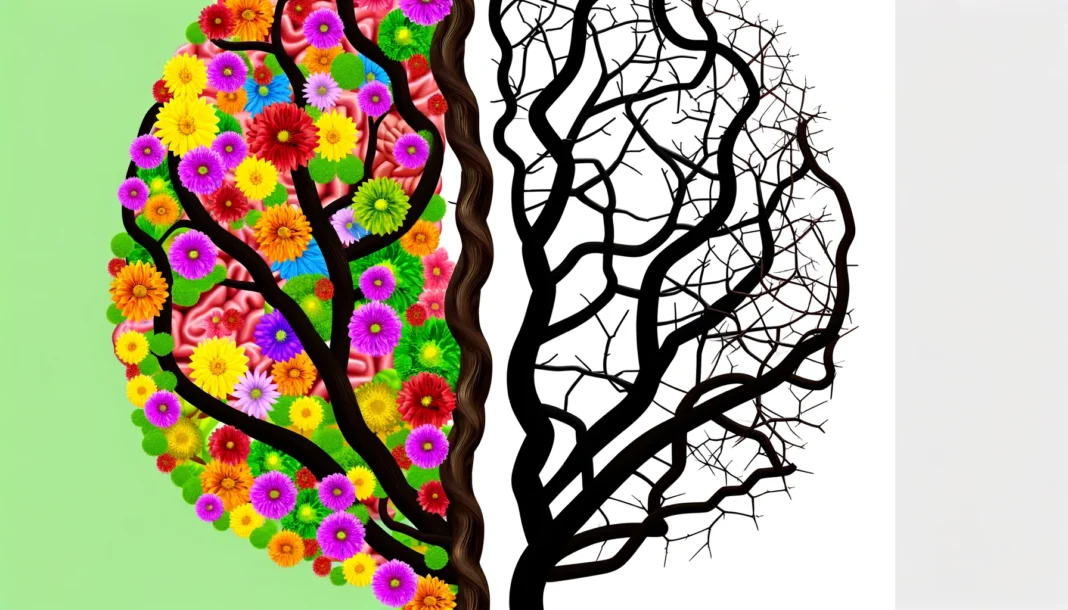
Overview: Antidepressant usage among teenagers has significantly risen, with a notable gender disparity: increased prescriptions for teenage girls and a decrease for boys. This trend, intensified by the pandemic, underscores a pressing mental health crisis.
Why It Matters: This shift in antidepressant use signals a concerning trend in youth mental health management, especially given the long-term societal impacts of untreated mental health issues.
Who It Impacts: Primarily affecting American teenagers, this issue also has broader implications for families, educators, healthcare providers, and policymakers striving to address mental health disparities.
In recent years, the United States has seen a substantial increase in the prescription of antidepressants among teenagers, a trend that has raised both concern and curiosity among healthcare professionals and parents alike.
A detailed study published in Pediatrics has unveiled a complex pattern underlying this phenomenon, showing a significant gender divergence: while prescriptions for teenage girls have seen a rise, there has been an unexpected decline among teenage boys.
The study, led by Kao-Ping Chua, a pediatrician at the University of Michigan Medical School, spans data from January 2016 to December 2022, revealing a 66.3 percent surge in the monthly antidepressant dispensing rate. The increase became notably pronounced following the onset of the COVID-19 pandemic in March 2020. However, the gender-specific trends have sparked a nuanced debate. Chua points out the paradoxical decline in antidepressant use among boys, suggesting a worrying gap in the mental health system. “Given that everybody’s mental health got worse, I would have expected that boys’ antidepressant dispensing would have at least remained stable, not decrease,” Chua remarked, highlighting the concern that male adolescents are potentially being overlooked or are not seeking the help they need.
This gender disparity in mental health treatment raises significant questions about societal norms and the stigma surrounding mental health, particularly among young men. Despite women being twice as likely to be diagnosed with depression, men constitute 80 percent of suicides in America, a stark contrast that emphasizes the critical need for further investigation into how mental health services reach and affect different demographics.
The pandemic’s role as a catalyst for the observed surge in antidepressant prescriptions among teenagers cannot be understated. The isolation, disruption of routines, and overall stress caused by the global health crisis have undeniably impacted the mental well-being of young individuals. This has prompted a greater reliance on pharmaceutical interventions to manage depression and anxiety, especially among teenage girls.
The study’s findings underscore a pressing need for a holistic approach to mental health that includes better access to care, reduction of stigma, and tailored interventions that consider the unique challenges faced by both genders. As America grapples with the aftermath of the pandemic, it is crucial to address the underlying issues that lead to disparities in mental health treatment and to ensure that all teenagers, regardless of gender, receive the support and care they need.
From a broader perspective, the rise in antidepressant prescriptions among teenagers is a symptom of a deeper societal issue that demands attention. The mental health system’s inability to effectively engage male adolescents points to a need for more inclusive and accessible mental health services. Addressing this gap is essential not only for the well-being of today’s youth but for the health of the society at large, as untreated mental health issues carry profound implications for individuals and communities alike.




